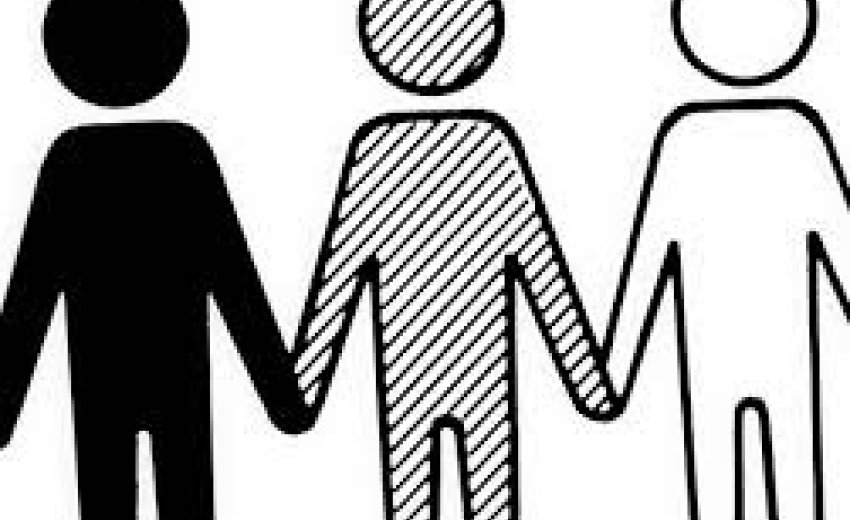A YouTube video posted by a Japanese high school teacher (nod to Karaminder for the link) describes the revelation that his students did not recognize racist attitudes within their own country or society, thinking of it as an “American” problem:
I was surprised to find out that almost all of my high school students (about 1000 students) were not aware of the racism and discrimination that goes on in Japan. Racism and discrimination in Japan does exist, however, it is not a topic that is reported on enough in the news and is rarely talked about in the schools.
While the teacher discusses the history of racism or bigotry in Japan, the concept that such discrimination is not recognized to be perpetrated within our own societies, cultures or groups is quite universal.
A recent study published in The Washington Post compared racial attitudes of residents in 80 countries around the world by quantifying responses that indicated whether a person was agreeable to living next to someone of another race:
"A fascinating map of the world’s most and least racially tolerant countries." (Source: The Washington Post)

“A fascinating map of the world’s most and least racially tolerant countries.” (Source: The Washington Post)
Among the worst performing countries in this survey were the respondents from India, over 40% of whom stated they would not want people from another race as neighbors (however, see critical evaluations of this survey here, here, and here). Despite the criticisms of the survey, the results from India’s respondents were not shocking for a country that is strongly founded on the system of social stratification called the caste system, and for a strong preference for lighter skin tone. In 1959, Martin Luther King Jr. wrote about his trip to India equating the struggle for social equality in India with that of the civil rights movement of the 1950s and 1960s: “We call it race in America; they call it caste in India. In both places it means that some are considered inferior, treated as though they deserve less.” So strong is the influence of the caste system that despite the fact that the Sikh Gurus preached against it, Sikhs have not eradicated its practice in our own community today (this topic was explored in depth at the Sikholars conference in February at Stanford University in California).
While the western hemisphere showed a much higher level of tolerance in this survey, we fully recognize that bigotry and racism is still quite alive in the United States. For those of us in the Sikh and South Asian community, we are very cognizant of the bigotry perpetrated against us by those outside of our community, but we should also not be blind to that which we perpetrate within as well.

